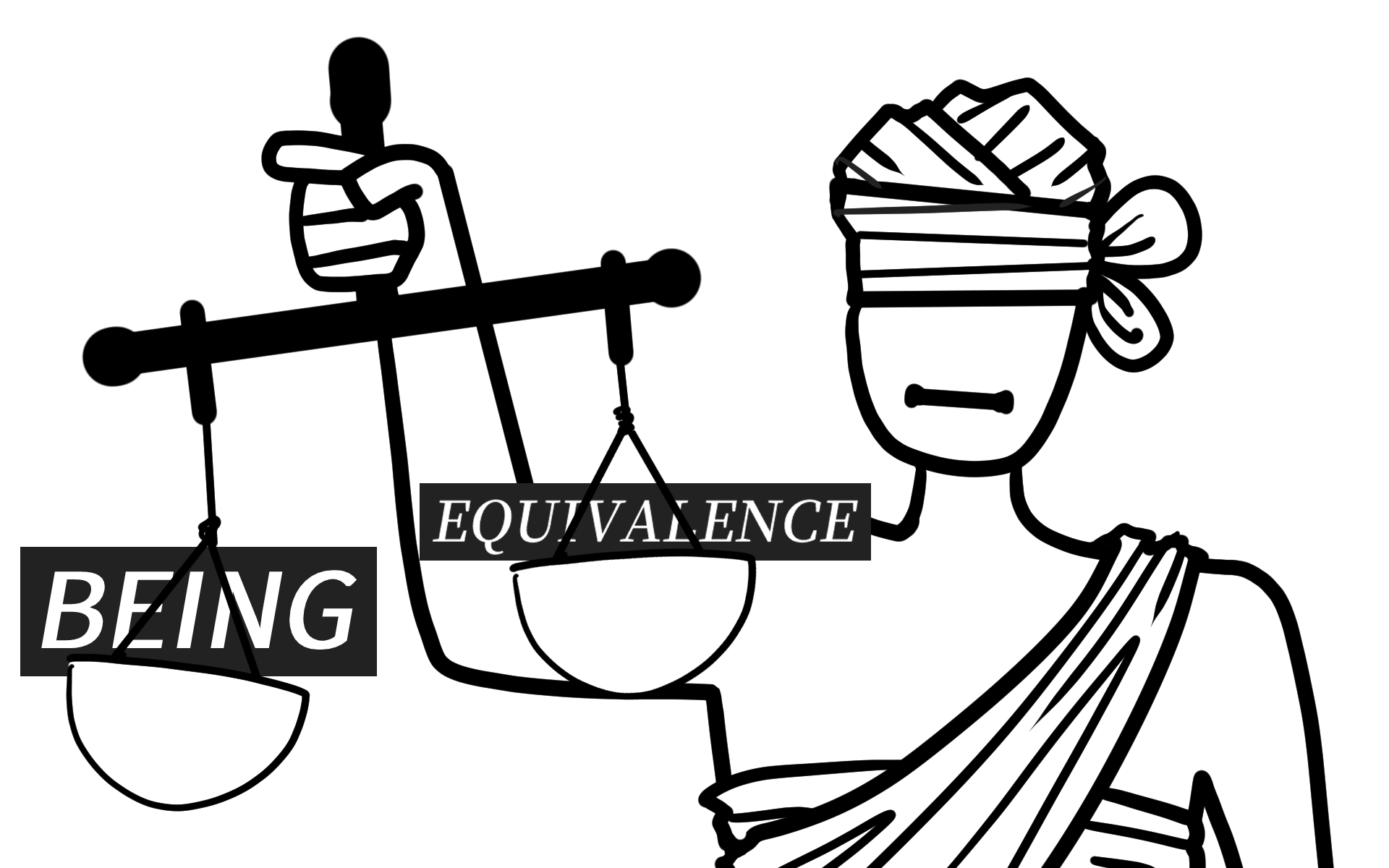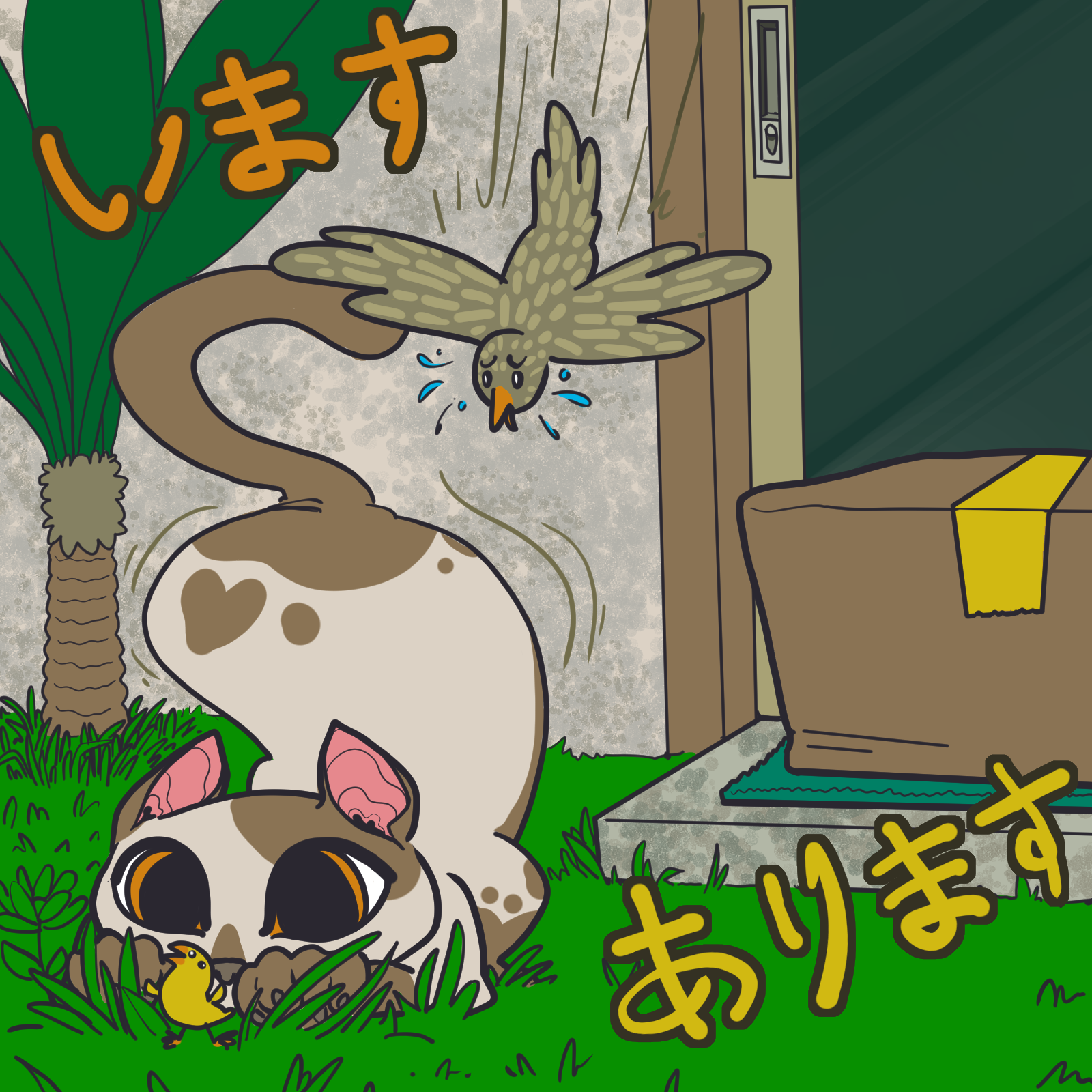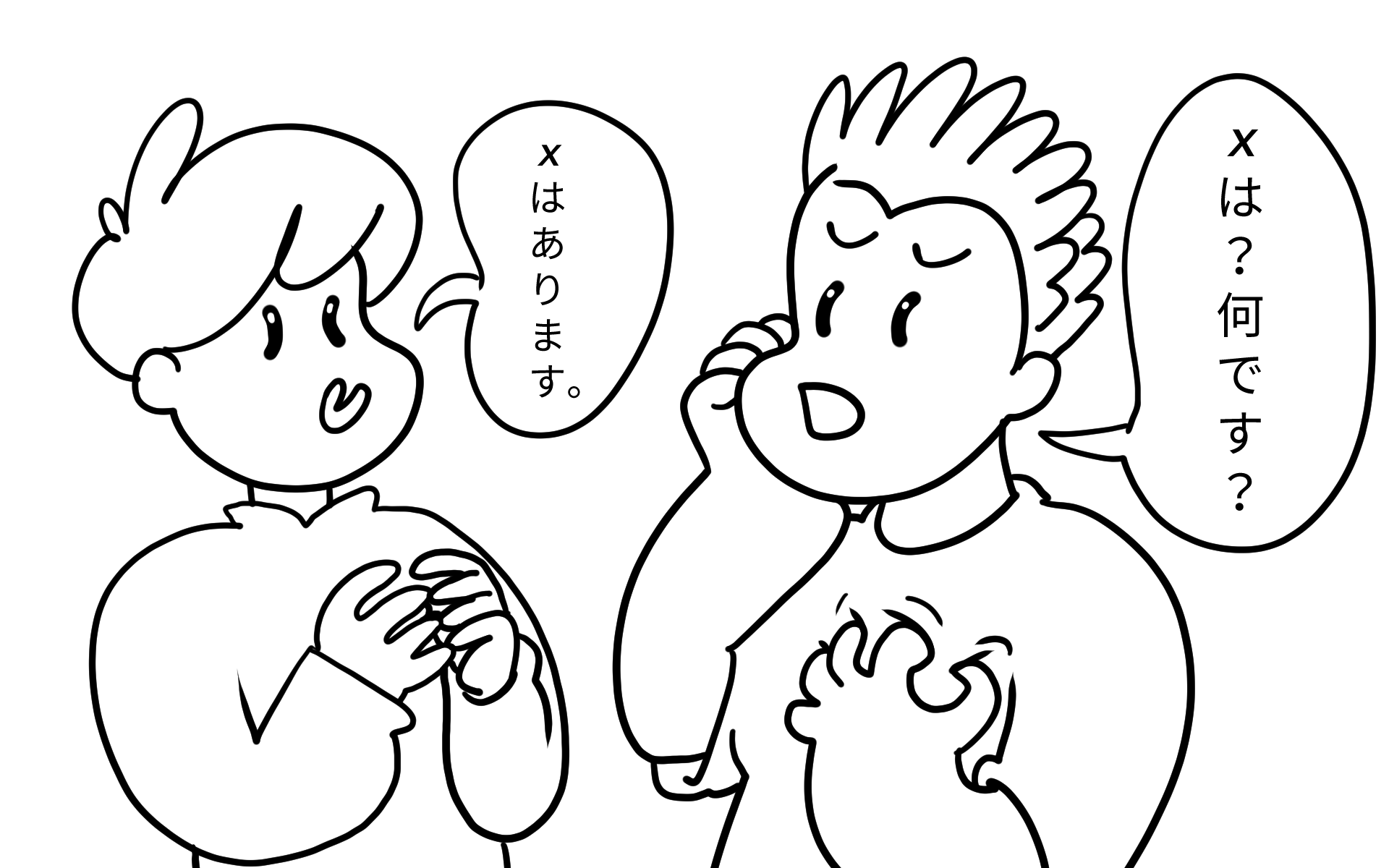Japanese existence words: is, is, and is??? Let's break down the difference between 3 types of 'is' in the Japanese language.
This insight was originally published on January 04, 2022, and transferred here later.
Remember that time we talked about the copula and how to use です (desu) in Japanese to talk about the way something is? Me too. That was a fun time ❣.
Sentences like それはバナナです (That is a banana) and げんきです (It is lively) make speaking Japanese a really smooth experience as we are just starting out. However, when we use what we learned to say something like おとこはここです (A guy is here), things start to get a little more interesting~.

The difference between "is" and "is".
The main problem with that latter example sentence,おとこはここです, is not that it is wrong per se, but that it probably means something completely different than what a beginning learner might think it means. This is especially the case if your native language is English, or one of many languages of Indo-European descent.

GIF from Giphy.com
What happens in languages like English is that the word for the copula, in this case "is", is also the word used for the verb "to exist". This is a thing that happened in our languages a long time ago— way before we, our parents, or their parents were ever born. We just happened to inherit that way of speaking. Because of it, we think of "is" in a very different way than one does in a language like Japanese. For me, it was a truly amazing thing to discover! It opened my mind to the little ways we use our words and how those words molds our experience.
That said, in Japanese, the copula です (desu) is not the same as the word for existing. です is only "is" in the sense that it is equating one thing to another thing. That is what a copula is for.

How do I say the other "is" in Japanese then?
Great question! When it comes to talking about the "to exist" version of "is", Japanese has a 2-for-1 special going on! Introducing あります (arimasu) and います (imasu)~
あります (arimasu)
Arimasu is a fun-loving word that likes having long walks on the beach and knowing that a good piña colada is there for you at the end of a rainy day~
あります is a verb that roughly means to exist or to have something. Over all, it indicates the presence of something. However, not just any ol' "something" is worthy of its acknowledgement; あります prefers to work with inanimate objects when it talks about a thing's existence.
If something is alive, あります doesn't care. But if there is a place or a thing, あります will be the first to say そのことがありますよ!

います (imasu)
In contrast, います has a little more empathy for the existence of living things and the turbulent ways in which their life move and change. If the something you are talking about exists as a person, an animal, or a thing that is in a state of change, then います is there to make sure you know it exists!
How do I use these words compared to です (desu)?
Luckily for you, あります and います work very similarly to です. They are all verbs, and therefore can be placed at the end of a Japanese sentence all the same! Perfect, right? So let's give an example:
Kelly: フレッド、新しい靴があります。 (Fred, I have new shoes.)
Fred: ケリーさん、その靴は小さすぎる。 (Kelly, those shoes are too small.)
Kelly: あー!今息子がいます。これらはかれの靴です。 (Ah! I have a son now. These shoes are his.)
As you can see here, the copula and both あります and います are at the end of the sentence as expected. Let's break this down a little more though~
です
これら は (these) かれ の (his) 靴 (shoes) です (copula / is equal to)
One of the most important things to note about です, in contrast with あります and います, is that です is used to compare something as equal with something else. At least 2 items will always be used in a です conversation, even if one of them is only implied by words. That comparison to another thing is always there. In this example, we are pointing out that "these (shoes)" are the same as <"his shoes".
あります & います
新しい (new) 靴 が (shoes) あります (to exist)
今 (now) 息子 が (son) います (to exist)
In our original example, あります and います are being translated as "have", but are really denoting the existence of a thing in the context of the conversation. I could have just as well written "A son exists now" like as seen here, but it wouldnt have flowed as well in the English explanation. In Japanese though, it is virtually the same idea.
Another thing worth noting is that in both of these examples, I was using the が (ga) particle; where as with です, I was using the は (wa) particle. This is because it was an unknown factor to the person being talking to. When talking about how a thing is equal to another thing, that thing is usually an already known factor in the conversation in order to start a comparison. Thus, が often gets applied with います & あります as a new subject; and は is oft paired with です because you are equating a thing that is already known. You can still use は with あります & います, and が with です; but you will more often see them paired like this as you are learning.

Conjugations of our "is" words
Now that you are familiar with the general form these words take when in a sentence and why, here are some forms of the individual words themselves! Use them to talk about the way things are, were, are not, and were not.
です
- Present tense: です (desu)
- Past tense: でした (deshita)
- Present tense, negative: じゃありません (ja arimasen)
- Past tense, negative: じゃありませんでした (ja arimasen deshita)
あります
- Present tense: あります (arimasu)
- Past tense: ありました (arimashita)
- Present tense, negative: ありません (arimasen)
- Past tense, negative: ありませんでした (arimasen deshita)
います
- Present tense: います (imasu)
- Past tense: いました (imashita)
- Present tense, negative: いません (imasen)
- Past tense, negative: いませんでした (imasen deshita)
